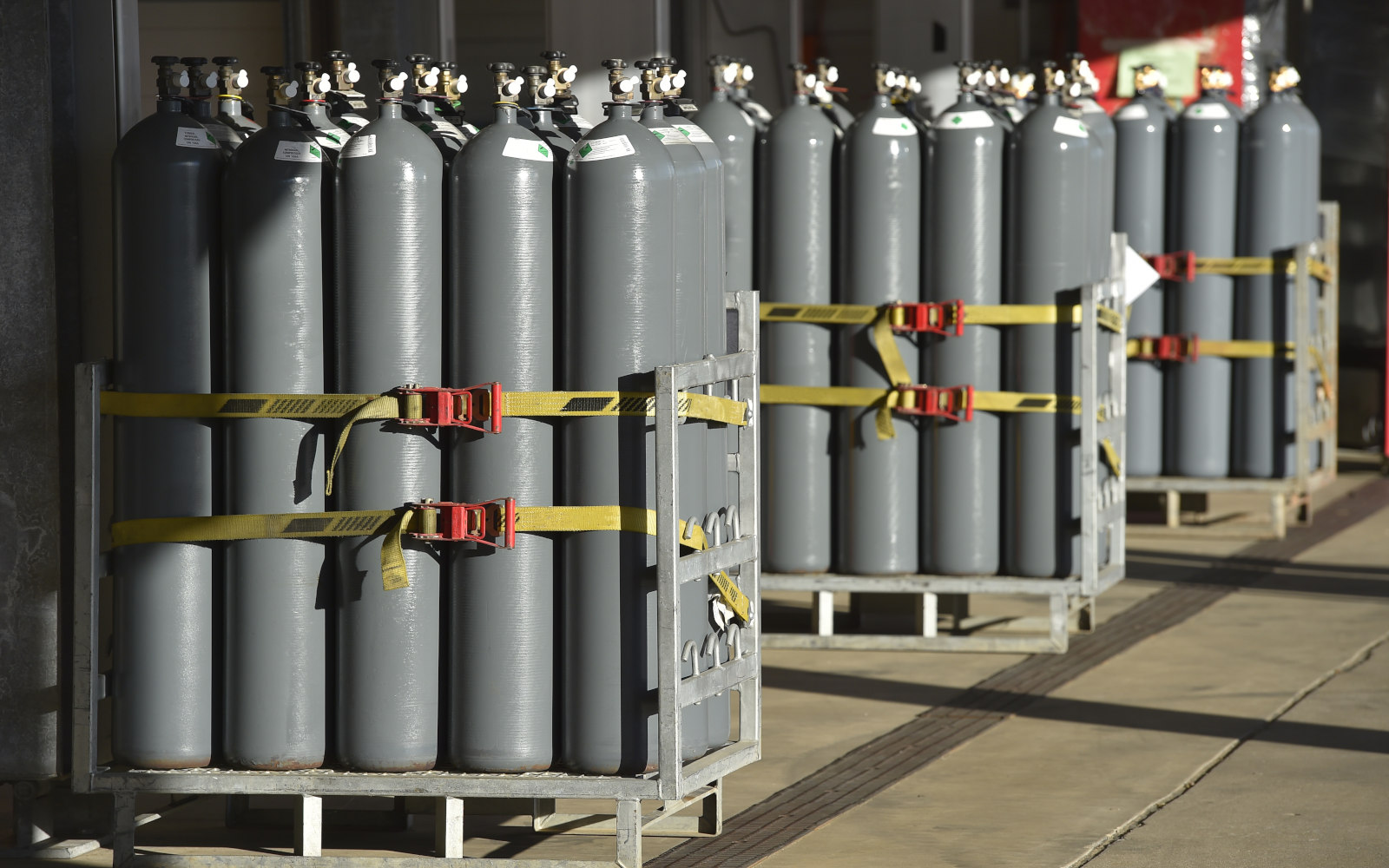Hydrogen bromide (HBr) is a highly corrosive and toxic gas commonly used in various industrial applications. While essential in many chemical processes, HBr poses significant health and safety risks, especially in the event of a gas leak.
This article explores the hazards associated with hydrogen bromide, its uses, safety precautions, and best practices for handling potential leaks. The goal is to provide safety managers, industrial hygienists, and other professionals with crucial information to mitigate the risks associated with HBr.
Common Industrial Uses of Hydrogen Bromide
Hydrogen bromide is utilized in several industries due to its chemical properties. Key applications include:
- Chemical Manufacturing: HBr is used in the production of bromides, pharmaceuticals, and dyes. It serves as a catalyst and reagent in organic synthesis.
- Semiconductor Industry: Employed in the etching of semiconductors and in the production of electronic components.
- Laboratory Research: Utilized in chemical analysis and research as a reagent.
- Organic Chemistry: Involved in the synthesis of certain organic compounds, including the production of alkyl bromides.
Despite its utility, hydrogen bromide is hazardous and requires careful handling.
The Hazards of Hydrogen Bromide Gas
Hydrogen bromide is a colorless gas with a sharp, irritating odor. It poses several health and safety risks:
- Corrosivity: HBr is highly corrosive and can cause severe burns to the skin and eyes upon contact. It can also corrode metals and other materials.
- Respiratory Irritation: Inhalation of HBr can cause irritation of the respiratory tract, leading to coughing, throat irritation, and difficulty breathing.
- Toxicity: HBr is toxic, and exposure to high concentrations can lead to severe health effects, including damage to the respiratory system and potential systemic toxicity.
Exposure Limits and Regulations
To protect workers from the dangers of hydrogen bromide, various regulatory bodies have established exposure limits:
· OSHA (Occupational Safety and Health Administration):
-
- PEL (Permissible Exposure Limit): 3 ppm (8-hour TWA)
· NIOSH (National Institute for Occupational Safety and Health):
-
- REL (Recommended Exposure Limit): 3 ppm (10-hour TWA)
- IDLH (Immediately Dangerous to Life or Health): 30 ppm
· ACGIH (American Conference of Governmental Industrial Hygienists):
-
- TLV (Threshold Limit Value): 3 ppm (8-hour TWA)
Safety Measures and Best Practices
Handling HBr safely requires a comprehensive safety approach. Key measures include:
1. Fixed Gas Detection Systems:
-
- Continuous Monitoring: Fixed gas detectors can monitor HBr levels, providing early detection of leaks and ensuring compliance with safety standards.
- Alarm Systems: Audible and visual alarms alert personnel to hazardous concentrations, prompting immediate action.
2. Personal Protective Equipment (PPE):
-
- Workers should use appropriate PPE, including chemical-resistant gloves, goggles, face shields, and protective clothing, especially in areas with potential exposure to hydrogen bromide. Respiratory protection may also be necessary.
3. Proper Ventilation and Containment:
-
- Adequate ventilation systems are crucial to disperse HBr gas and prevent the buildup of hazardous concentrations. Containment measures, such as fume hoods and local exhaust ventilation, can help control emissions.
4. Emergency Response Plans:
-
- Comprehensive emergency response plans should include procedures for containment, evacuation, and first aid. Coordination with local emergency services is essential for effective response.
5. Training and Awareness:
-
- Regular training on the hazards of HBr, safe handling practices, and emergency procedures is crucial for all employees. Drills should be conducted to ensure preparedness.
Hydrogen bromide is a valuable industrial chemical with significant applications, but it poses serious health and safety risks if not properly managed.
Understanding its hazards and implementing stringent safety measures, including gas detection systems, proper PPE, ventilation, and comprehensive emergency planning, are essential for protecting workers and facilities.
By adhering to best practices and maintaining vigilance, industries can minimize the dangers associated with HBr exposure.
For more information on hydrogen bromide safety and Interscan’s Accusafe and GasD 8000 detection systems, please reach out to request a quote today.


